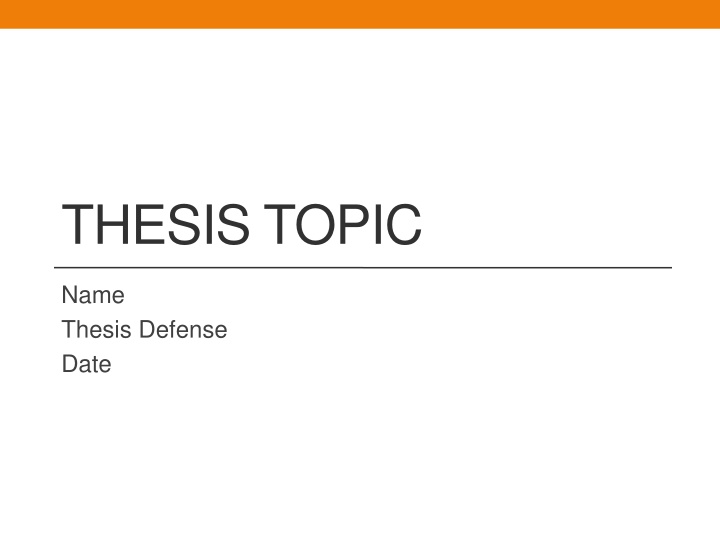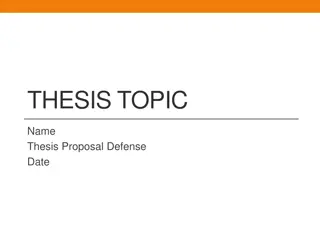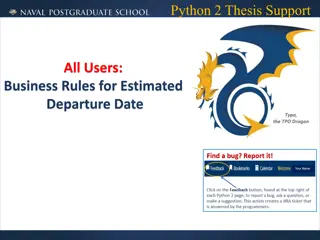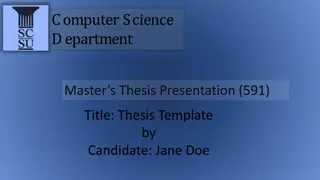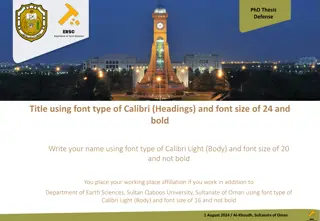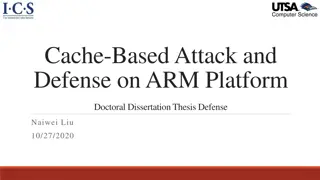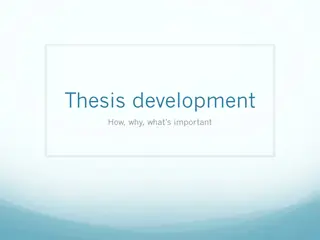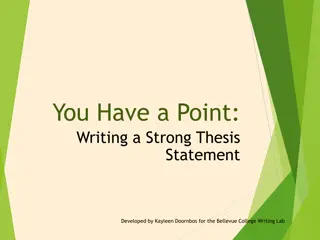Thesis Defense - Problem Restatement to Study Results
This thesis defense covers key sections including problem restatement, purpose of the study, hypothesis, significance, research methods, participant recruitment, procedures, measures, and study results. It presents a comprehensive overview of the research journey from identifying the problem to deriving meaningful outcomes.
Download Presentation

Please find below an Image/Link to download the presentation.
The content on the website is provided AS IS for your information and personal use only. It may not be sold, licensed, or shared on other websites without obtaining consent from the author.If you encounter any issues during the download, it is possible that the publisher has removed the file from their server.
You are allowed to download the files provided on this website for personal or commercial use, subject to the condition that they are used lawfully. All files are the property of their respective owners.
The content on the website is provided AS IS for your information and personal use only. It may not be sold, licensed, or shared on other websites without obtaining consent from the author.
E N D
Presentation Transcript
THESIS TOPIC Name Thesis Defense Date
Statement of the Problem This section should be brief. You are restating the problem you orginally introduced within your proposal.
Significance This could pertain to the gaps in the literature and/or implications of findings to inform public health programming.
Operational Definitions This slide may or may not be needed. Please talk with your Thesis Chair on whether or not to include this slide into your proposal.
Participants and Recruitment This section should be thorough; however, it should be limited to no more than 2-3 slides.
Procedures This section should be thorough; however, it should be limited to no more than 2-3 slides.
Results This section should be thorough; and it should be between 2-3 slides. However, it can be more, which will be dependent on the study performed.
Results This section should be thorough; and it should be between 2-3 slides. However, it can be more, which will be dependent on the study performed.
Discussion This section should be thorough; and it should be between 2-3 slides. However, it can be more, which will be dependent on the study performed.
Discussion This section should be thorough; and it should be between 2-3 slides. However, it can be more, which will be dependent on the study performed.
Implications This should only be one slide.
Limitations This should only be one slide
Conclusions This should only be one slide
